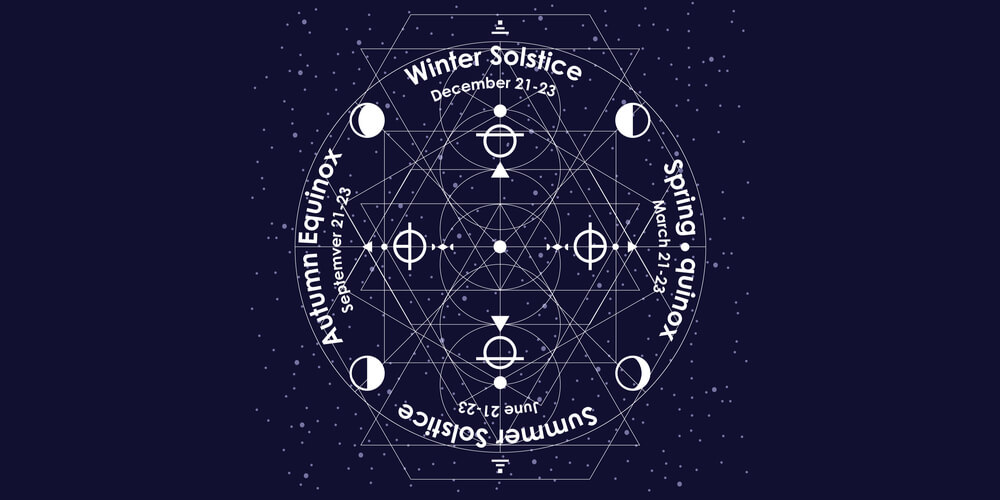This day has a long history and it has always been shrouded with mysteries. The celebrations of Winter Solstice date back to Ancient Rome and China and are held far and wide, from Stonehenge to Mayan pyramids. The day is also associated with milestone events and acts of magic.
Winter Solstice and December Holidays
In most countries of the world, the calendar for December is chequered with holidays: Christmas, Kwanzaa, Hanukkah, the New Year, etc. All of them originated from ancient celebrations of the Winter Solstice. And the festivities still continue today, with all of their fairy lights, fireworks, feasts, singing and dancing, and having lots of fun together with your family or anyone you love.

Winter Solstice in Astrology
In astrology, the Winter Solstice is the time when the ruling celestial body of the zodiac – the Sun – leaves adventurous Sagittarius and enters steady Capricorn. It happens in the darkest and longest night of the year. It seems like the Sun is not moving on this day. People are encouraged to light up candles and electric lights, laugh and fool around. But it is also the day and night for thorough reflection and life-changing conclusions.

What to Do During Winter Solstice?
Since the Sun enters practical Capricorn, it will be a great idea to look back on the year that is about to end and make a thought-over New Year’s resolution. Did you always make the right choices? Did you do anything you now regret? While it takes place amidst fun and festivities, the Winter Solstice should be taken seriously and used as an opportunity to start the upcoming New Year on the right foot!